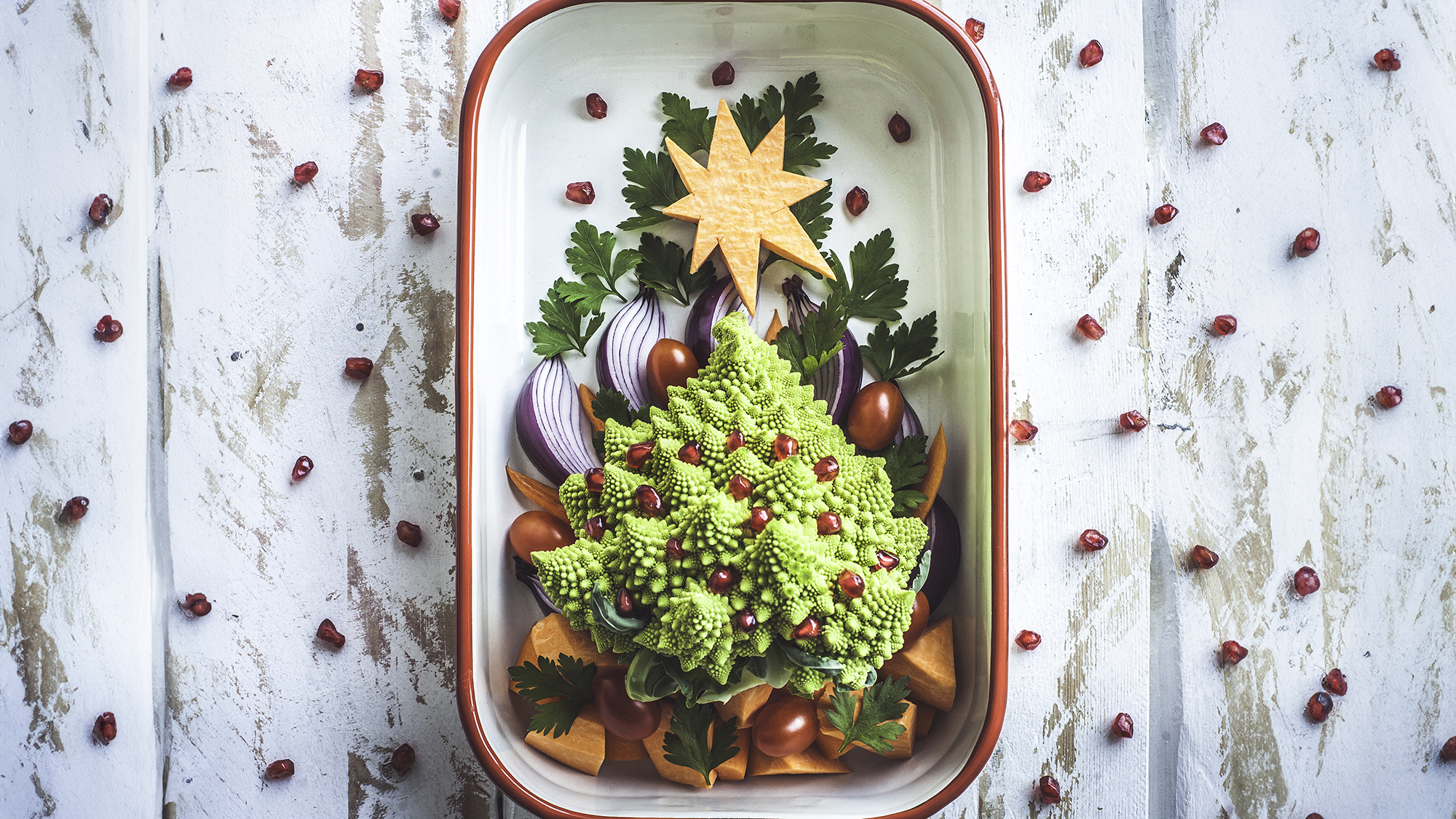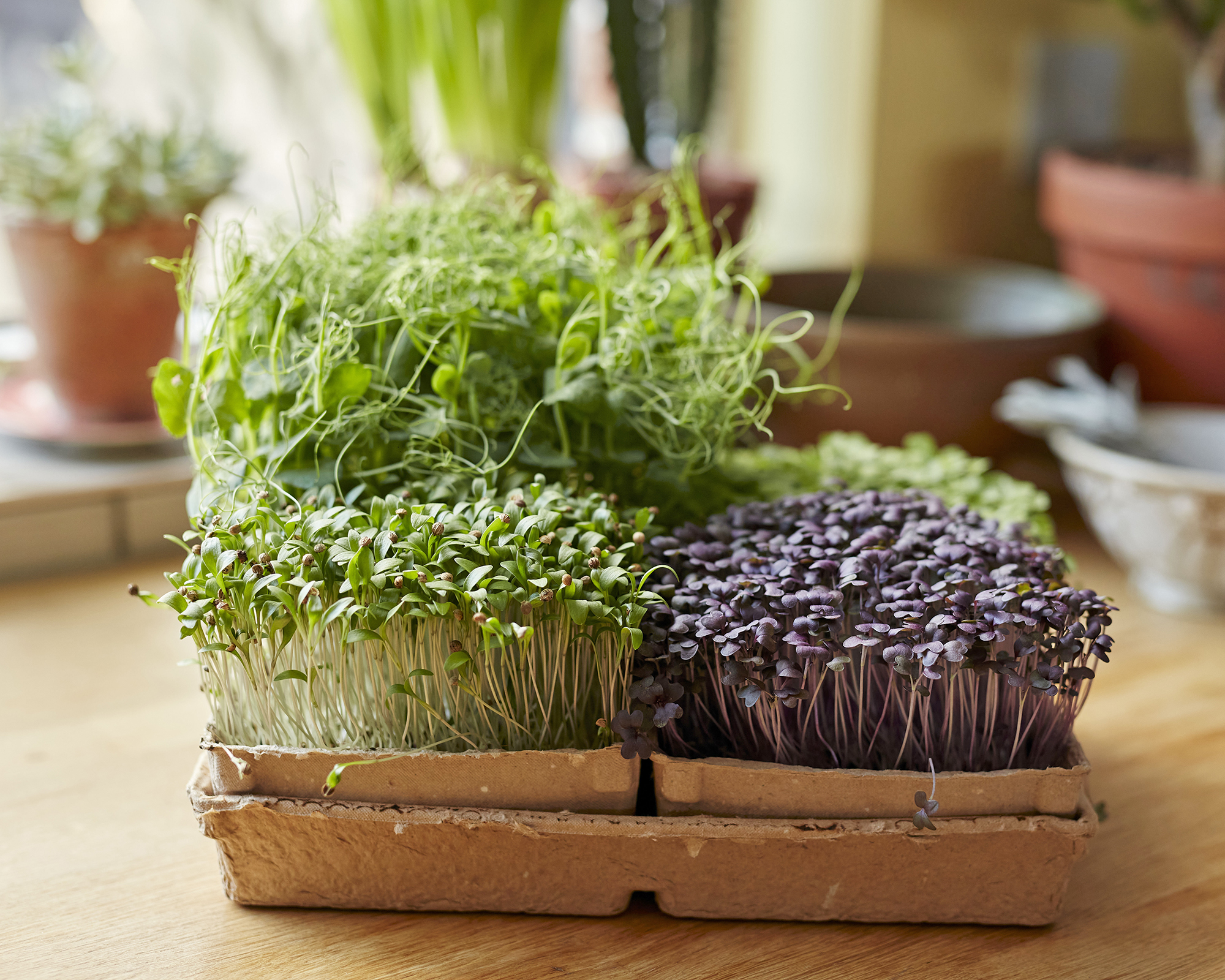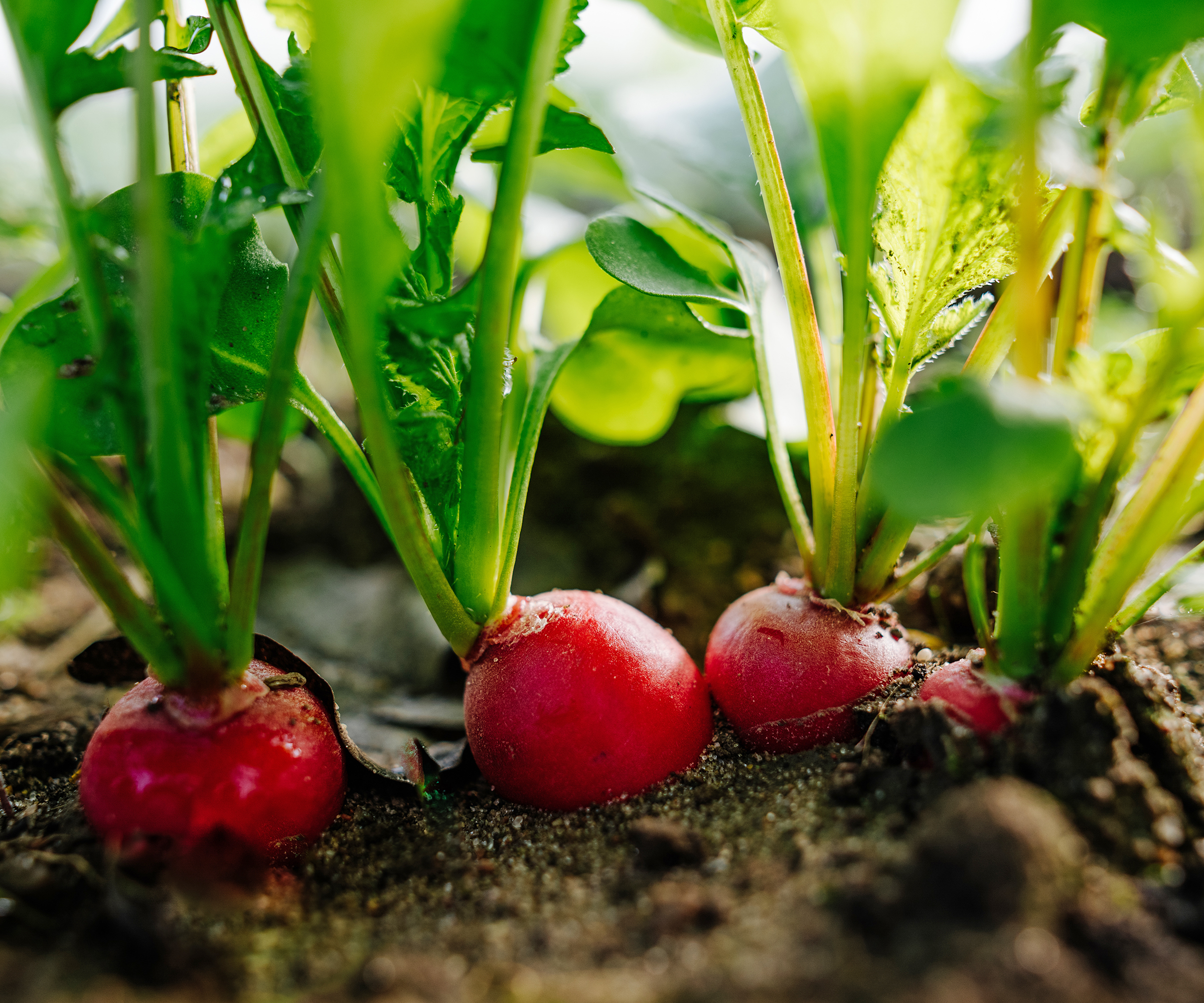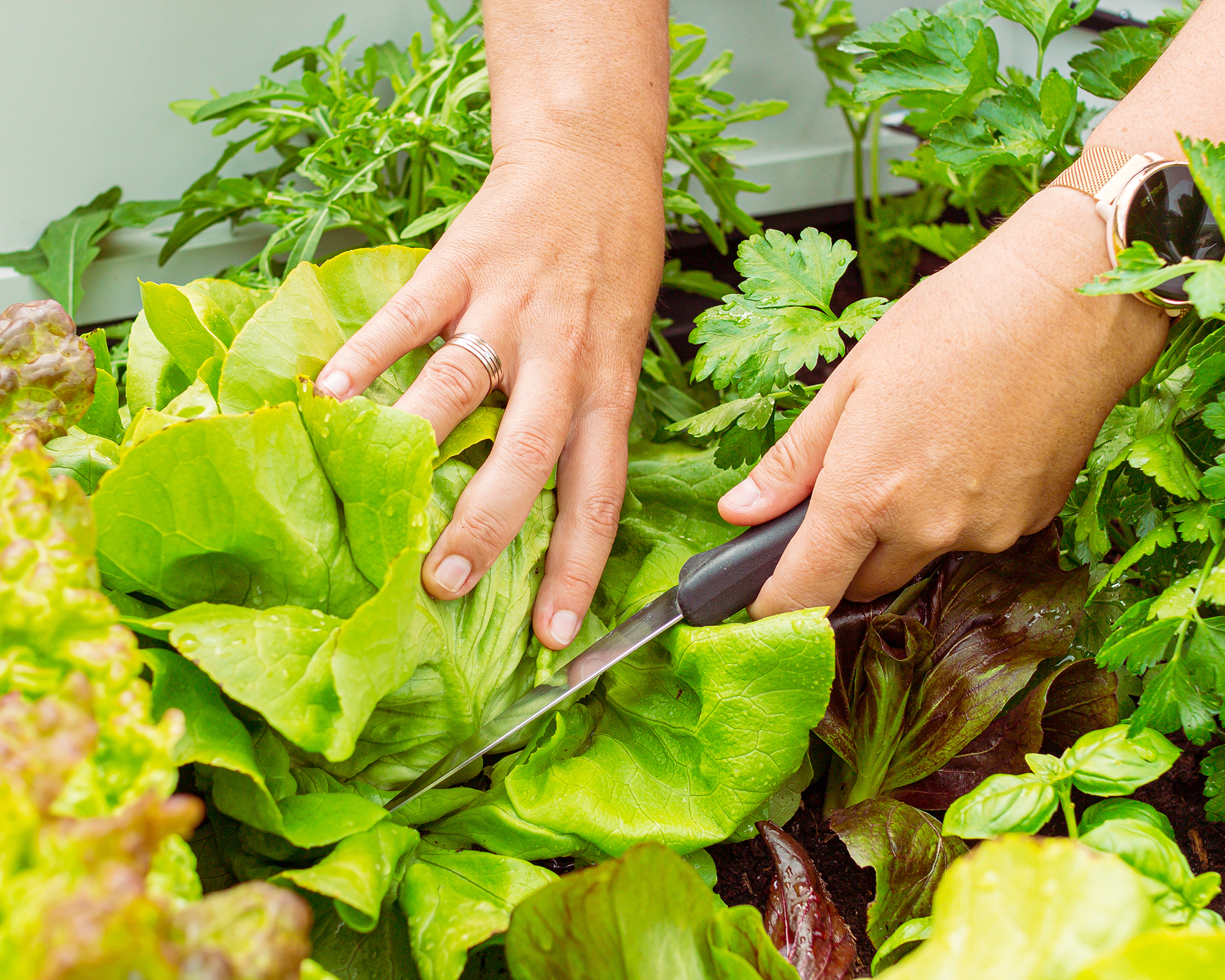I’m Planting These 3 Veggies Indoors Now for Christmas Dinner – They’re Ready in Weeks to Add a Fresh, Homegrown Touch to the Table
These quick-sprouting crops can turn bare counters into fresh salad sources by December, perfect for garnishing roasts or tossing with cranberries.


Finding seeds that sprout fast solves the holiday crunch, letting you harvest tender greens for Christmas plates when markets hike prices and flavors fade. Try snipping peppery microgreens to serve with turkey or pulling crisp radishes for a bright, easy relish – fast crops like these bridge the gap between fall’s last harvest and winter’s lull. They add a homegrown touch to the table with very little effort.
Planting fast-growing vegetables fits neatly into normal gardening habits, even on short winter days. These crops ask little beyond a sunny sill or shelf, their roots quietly filling pots while you wrap gifts and stir the gravy, turning idle space into something useful. Gardeners who sow now will see trays ready to pick by the holidays, offering fresh crunch without fuss.
Vegetables that grow in a month keep pace with the busy stretch from Thanksgiving to New Year’s. Start this quick trio now, and your holiday spread gains a fresh, simple boost – one that tastes good and feels even better to share.
1. Speedy-Grow Microgreens

Microgreens can land on your table in just 7 to 14 days. Those first true leaves of certain vegetables are loaded with flavor and have a higher concentration of nutrients than their full-grown counterparts. They're perfect for a sprinkle over glazed ham or tucked into eggnog waffles to cut through the richness with a fresh, herby edge.
Radish microgreens deliver that sharp spice to temper sweet potatoes' caramel, while pea shoots lend a gentle sweetness to slaws. Start with a mix and sow seeds thick in trays – Nature Jim's Sprouts Organic Salad Mix, available on Amazon, provides a good variety.
A microgreens setup takes minutes: fill shallow containers with damp seed-starting mix, then scatter seeds like salt on a pretzel for dense coverage. Press for contact without burying deep, as light aids germination in these vegetables that grow in a month, and cover with plastic for humidity until sprouts peek. Bottom-water to avoid wetting leaves, and rotate daily for even growth.
If you want to keep veg varieties separate or stagger start times, then this Zestigreens 4-tier sprouting kit stacks neatly on counters and has a drainage spout to prevent things from getting too soggy.
Sign up for the Gardening Know How newsletter today and receive a free copy of our e-book "How to Grow Delicious Tomatoes".
2. Fast-Maturing Winter Radishes

Radishes like 'Cherry Belle' or 'French Breakfast' can mature in 25 to 40 days, their crisp flesh slicing thin for salads that contrast a roast's heaviness with mild pepper bite. Winter radishes like ‘Watermelon’ or ‘Black Spanish’ generally take 45-70 days, so plant accordingly if you want them over the holidays.
The round roots store well in the fridge, pulling out rosy orbs for quick pickle jars that jazz up cranberry sides without extra cook time. Sow in pots or beds now, thinning seedlings to two inches apart. As fast-growing vegetables, they can tolerate dimmer light, and their quick turnaround rewards gardeners who just want the results without the long wait.
Make sure that you loosen up the soil with a bit of compost to make pulling easy later on, then plant the seeds about a half-inch (1 cm) deep in a full-sun window spot where the warmth nudges the mix to around 50°F (10°C) for that reliable start. Radishes handle a light frost outdoors just fine if you're in USDA zone 7 or higher, but indoors, a heat mat like this Vivosun seedling heat mat from Amazon gives germination a gentle boost when nights turn chilly.
Water evenly so that the roots swell without cracking open, and harvest once those shoulders start showing – just enough to snag that peak crispness before they turn woody.
3. Cut-and-Come-Again Salad Greens

Cut-and-come-again greens like looseleaf lettuce or arugula keep coming back three or four times from a single sowing, and can be ready in 20 to 30 days for the first harvest of leaves that slip right into vinaigrettes. Looseleaf brings that tender snap to tame the salt in ham without overpowering it, a bit like how a good bread soaks up gravy, while arugula's quiet pepper gives slaws a lift that is a little like cucumber but with more bite for lighter holiday sides.
Sow seed broadcast style in wide pots, making sure to snip the outer leaves to nudge bushier growth that hands over fresh picks each week through the holidays. These fastest-growing vegetables bounce back from a cut with the kind of steady grit that fits cooks who are already juggling pies and toasts.
Scatter the seeds over moist soil and tamp them down lightly for good contact – no need to bury, since light gets the seeds that sprout fast off to a solid start – then mist everything to settle without washing the fine stuff away. They do best at 55 to 65°F (13 to 18°C), settling in on cool windowsills where a bit of draft keeps them from shooting up too quickly and going bitter early.
Apply a balanced fertilizer, like Jobe’s Organics All-Purpose Granular Plant Food, mid-growth to help greens come back quicker without burn. Harvest as often as you clip, and that one tray stretches to a month's worth of greens that perk up the feast. It’s just a little fresh breath in the middle of all the heavy work of the season.

Tyler’s passion began with indoor gardening and deepened as he studied plant-fungi interactions in controlled settings. With a microbiology background focused on fungi, he’s spent over a decade solving tough and intricate gardening problems. After spinal injuries and brain surgery, Tyler’s approach to gardening changed. It became less about the hobby and more about recovery and adapting to physical limits. His growing success shows that disability doesn’t have to stop you from your goals.